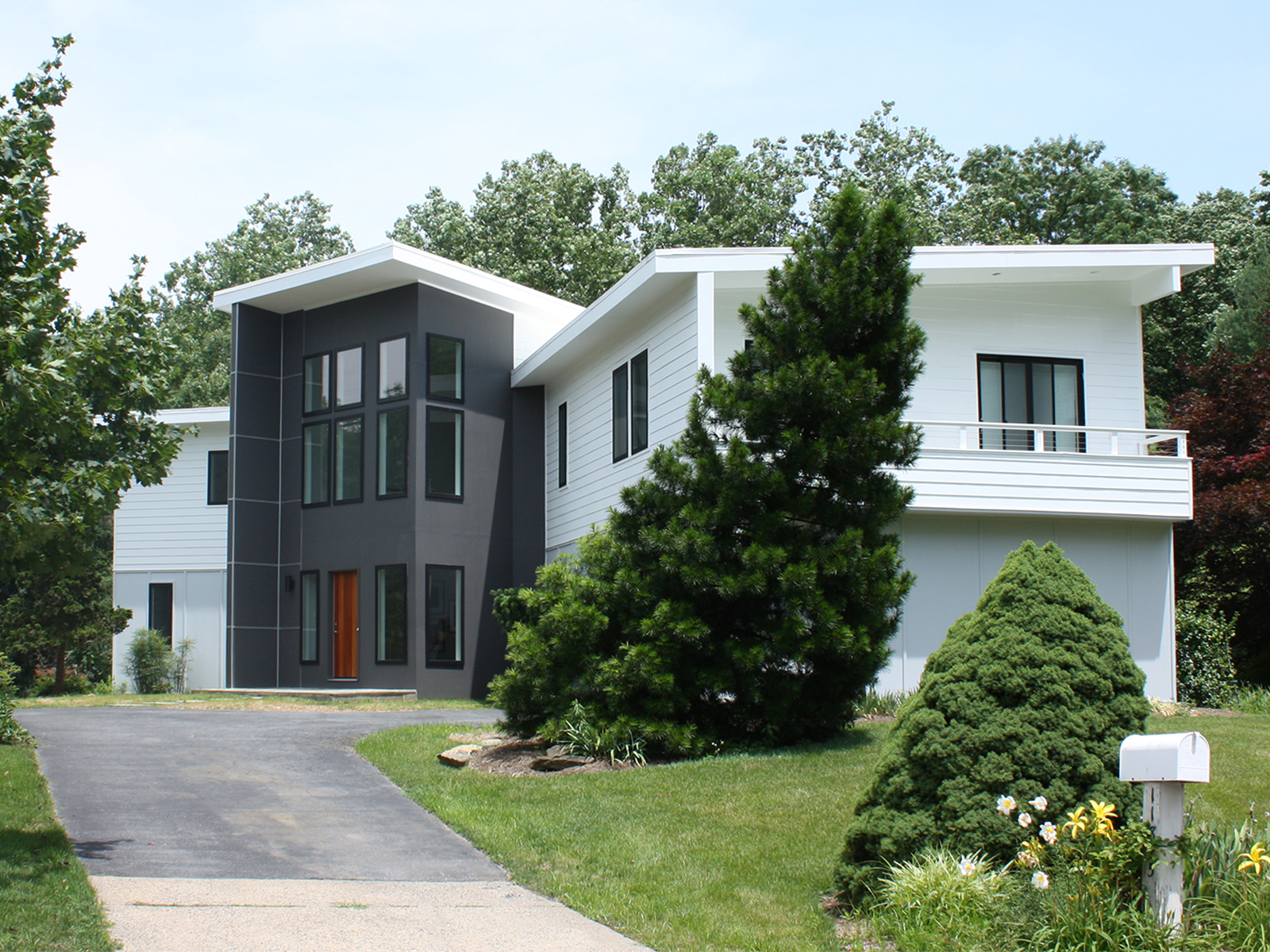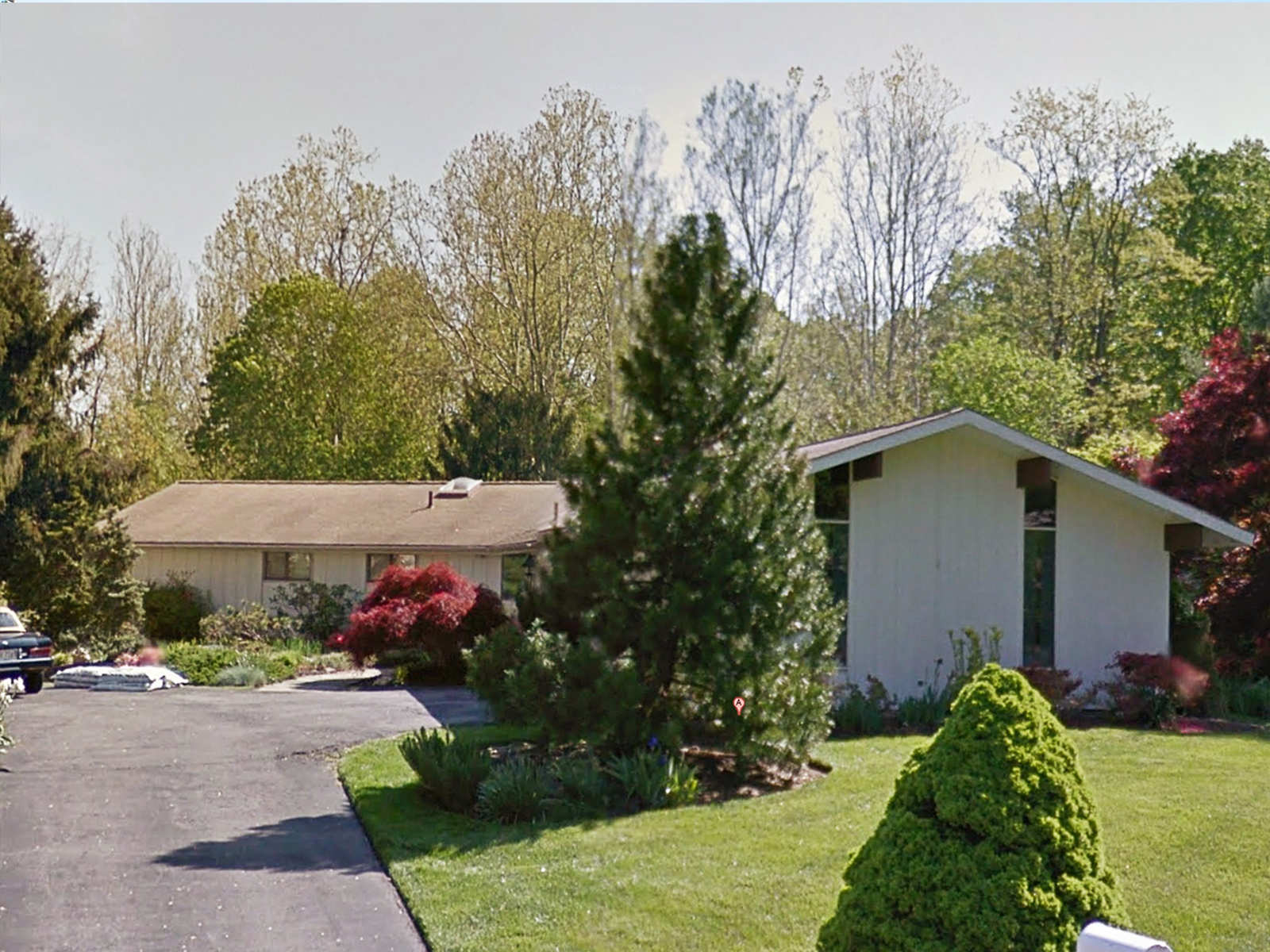This is part two of a series of posts that will attempt to tell a story of a project from beginning to end, from concept to completion. It is based on a typical home renovation project in Montgomery County Maryland, but many of the issues convey to most jurisdictions throughout the United States.
TRANSLATE OWNERS' IDEA INTO AN ACTIONABLE PLAN:
DEFINITION OF THE PROGRAM
The architectural program is the most basic description of what you want out of your project and the architect will help you formalize this during the hiring process. When you meet with an architect you will usually walk the house and tell them your thoughts as you go. This will help the architect get an idea of the existing space and any site-specific challenges. The architect will also listen to your needs and wants and help you clarify your vision. The end result will be your program, which will take the form of a sentence or ordered list, such as:
“An addition of approximately 800 square feet to include:
- New Master Suite, with walk in closet, bathroom with two vanities, shower only
- New Kitchen: with an island and gas range.
- Eating/Breakfast Area
- New Family Room
- New Powder Room
- Miscellaneous interior renovations to create mudroom area and a second floor laundry room
- Exterior: New front porch for curb appeal and a new rear deck off the addition.”
BUDGET:
The renovation budget is one of the first things people want and need to know when considering a major renovation or addition. Resale value, comparable home prices, what you want to spend, what you can spend...there are lots of factors that go into setting a budget for your project. However, until you have spent some time developing your program, it is difficult to accurately determine the cost of actually designing and building your idea.
At the early stages, cost-per-square-foot multipliers, such as $225/sq. ft. of new area, are often used to get a ballpark figure. This is helpful to get a budget conversation started, but is not the most accurate method and should not be considered an absolute value of what the project will cost.
A more accurate method we like to use is a low-cost Schematic Design Charrette that allows us to get our clients' ideas in front of a contractor quickly. We'll work with the client to put their ideas on paper in the form of floor plans, sections, 3D views and a few schedules of preliminary finishes. We use these drawings in a package we can send out for an 80% bid. No contracts are signed at this point, no commitments are made, but for a relatively small investment of time and money you have a design that looks like what you want and an idea of areas you need to cut back or areas you can afford some nicer selections.
Example of a Schematic floor plan and a few 3D views
Time Frame:
The time it will take to design and construct your project can also vary, and can’t be accurately determined until the program and scope of work has been defined. Your architect should be able to discuss design time with you as you work out your program, and in fact the design time should be included in any contract you sign. Roughly speaking it can take anywhere from a few weeks to a few months to design your project. The architect should also be able to generalize a construction timeline for you, though this will have to be confirmed with the General Contractor.
Creating deadlines for the project will also help in determining the project completion date and cost. Use actual events such as weddings, large family events or parties, or just tell yourself it needs to be done by the end of the year.

